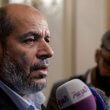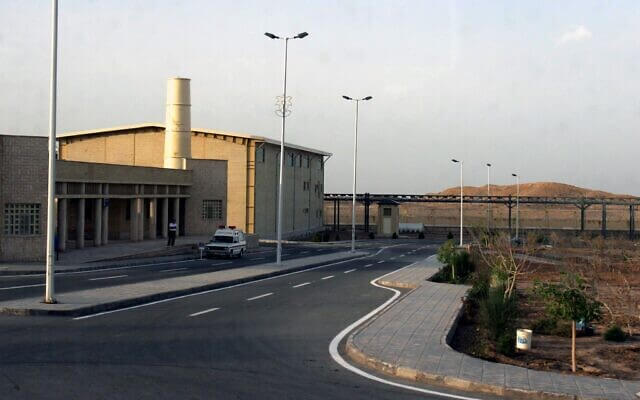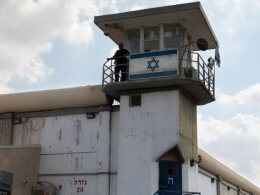With ongoing negotiations between Iran regime and Western officials over Tehran’s nuclear production, the Islamic Republic has begun to remove all the International Atomic Energy Agency’s (IAEA) monitoring equipment installed under the previous 2015 nuclear agreement. The move by the Iranian government has been described as a near-fatal blow to the possibility of having a new nuclear deal between Iran and the West, prompting outrage and condemnation from the international community.
After International Atomic Energy Agency’s (IAEA) 35-nation Board of Governors overwhelming passed a resolution drafted by major countries like the United States, France, Britain, and Germany to criticize Iran for its continued failure to explain uranium traces at undeclared nuclear sites, Iran warned the group of retaliation and promised to remove equipment like the IAEA’s 27 cameras and other monitoring equipment. The actual process of removing such equipment from the nuclear sites will take time, allowing the agency to restore some of the removed equipment and to connect all of Iran’s most crucial nuclear activities.
The Director General of the IAEA, Rafael Mariano Grossi has stated that such actions would severely damage the negotiations.
In a recent statement, U.S. Secretary of State Antony Blinken expressed support for the “overwhelming decision of the IAEA Board of Governors,” citing the organization's objective to safeguard nuclear material and prevent nuclear proliferation.
Blinken stated that Iran must cooperate with the organization and provide credible information regarding the agency’s questions and concerns. The Secretary of State went on to explain that “while the United States is fully committed to a return to the 2015 nuclear agreement with Iran and is prepared to conclude a deal negotiated with European allies in Vienna, such an agreement can only be concluded and implemented if the Islamic Republic drops its extraneous demands”.
In a recent government speech, Iran President Ebrahim Raisi declared that Tehran would not back off from its position and decried the actions of the international community as hostile towards Iran. Iran’s Supreme Leader Ali Khamenei also underscored Raisi’s sentiments against the IAEA’s Board of Governors.
Ever since the 2015 Obama-era Iran nuclear deal, the Islamic Republic of Iran has allowed the IAEA to place cameras and monitoring equipment in known-nuclear facilities under the organization’s stipulations. The goal of such devices was to allow U.N. experts to monitor Tehran’s activities and observe whether it could be used for a possible nuclear warhead. Since, multiple reports have indicated that the Islamic Republic has not allowed monitoring equipment into military sites, universities, and underground nuclear facilities that have secretly been working to create a nuclear warhead.
In 2018, the Trump administration pulled out of the 2015 nuclear agreement, citing concerns about Iran’s nuclear sites and engaged in a maximum pressure campaign that sanctioned Tehran’s nuclear activities and attempted to garner international support against the regime. Near the end of Trump’s term, reports indicated that Iran had secretly enriched its uranium to the 60 percent level needed to create a nuclear warhead. Now, as the Biden administration continues to court Iran’s regime for a new deal, Tehran continues to advance its nuclear production, demanding economic concessions from U.S. officials.










